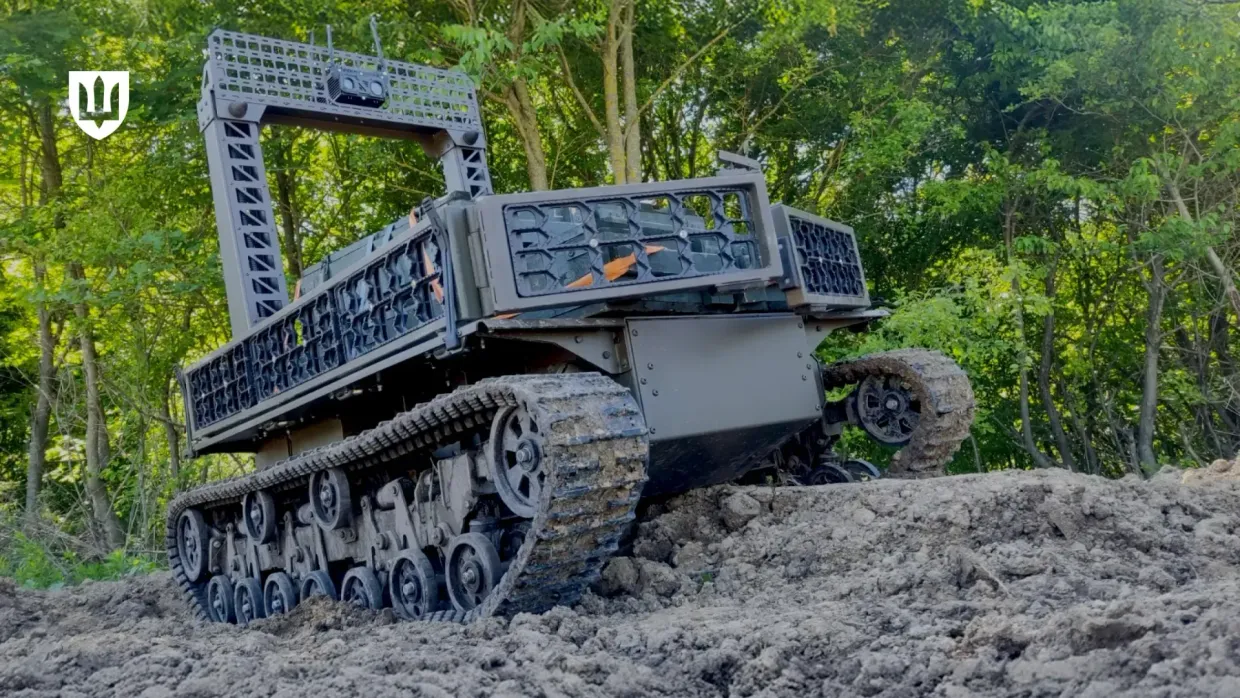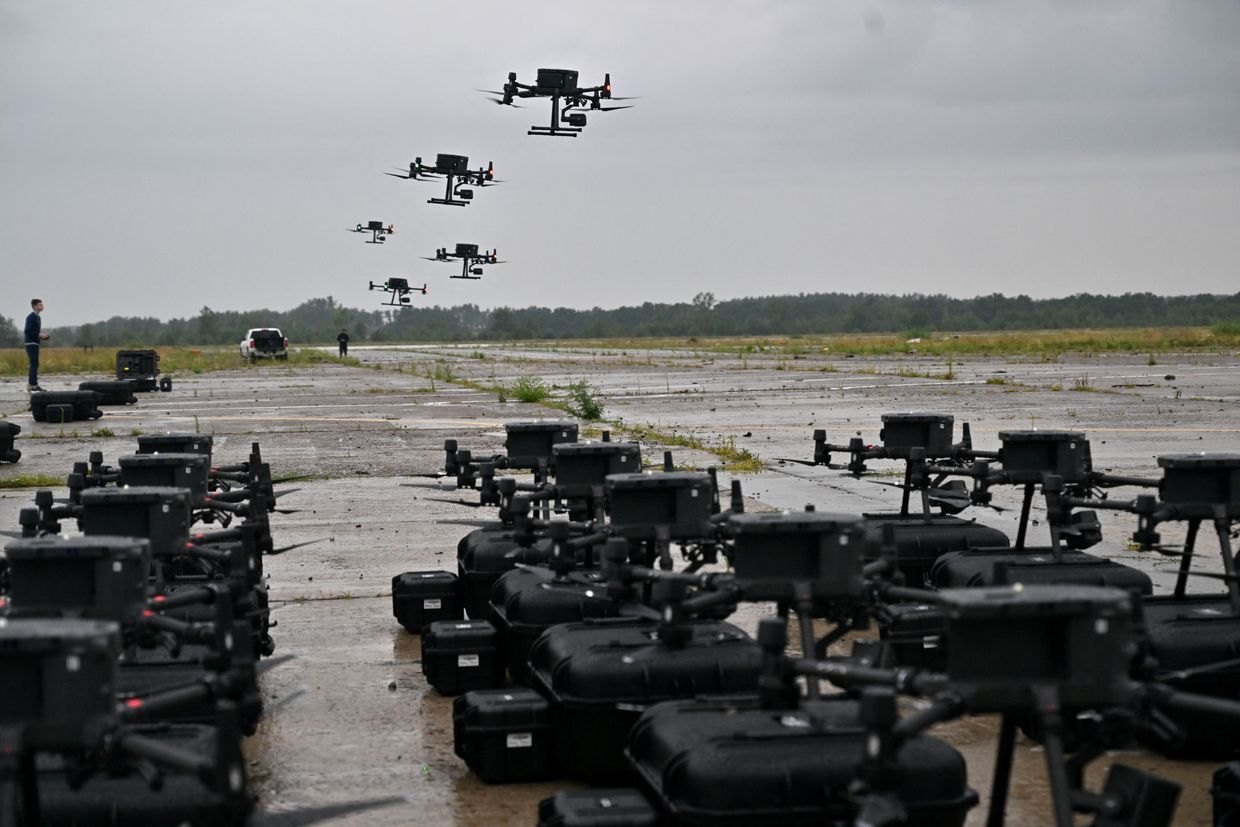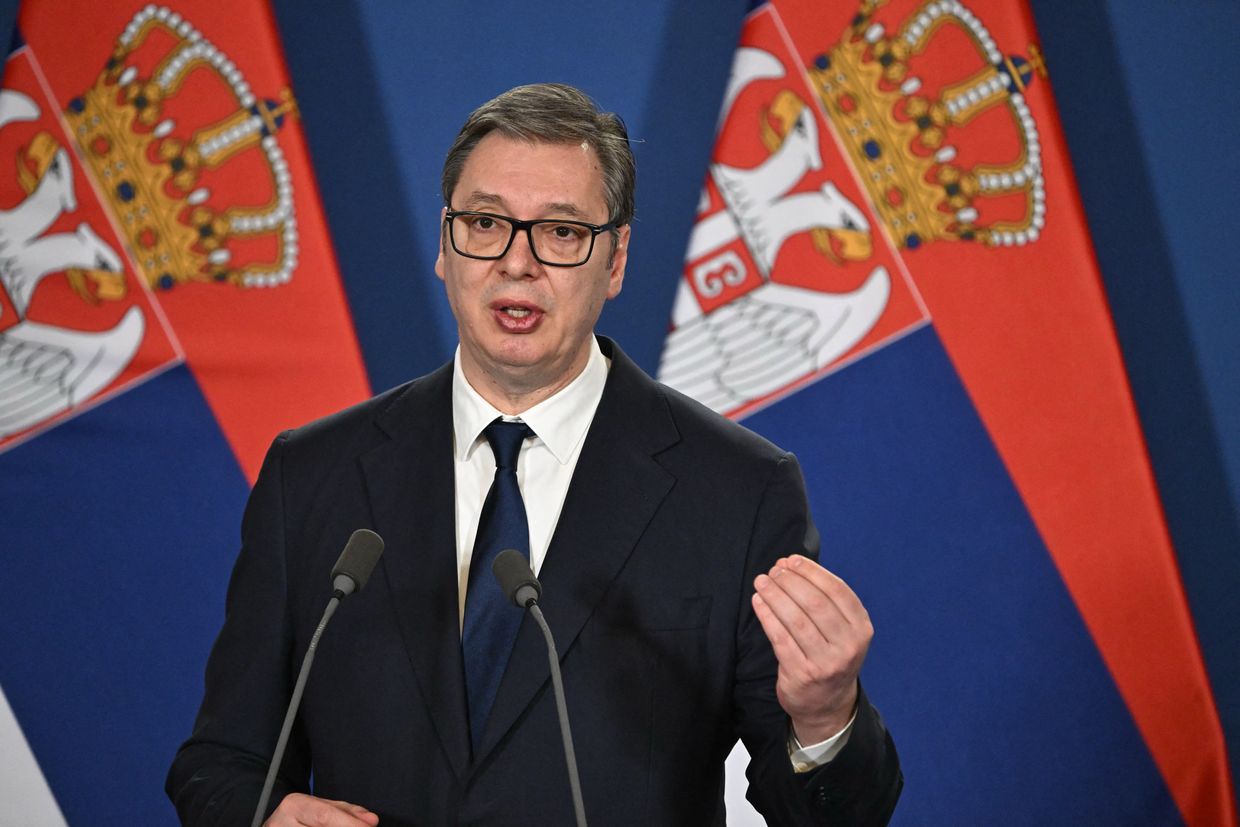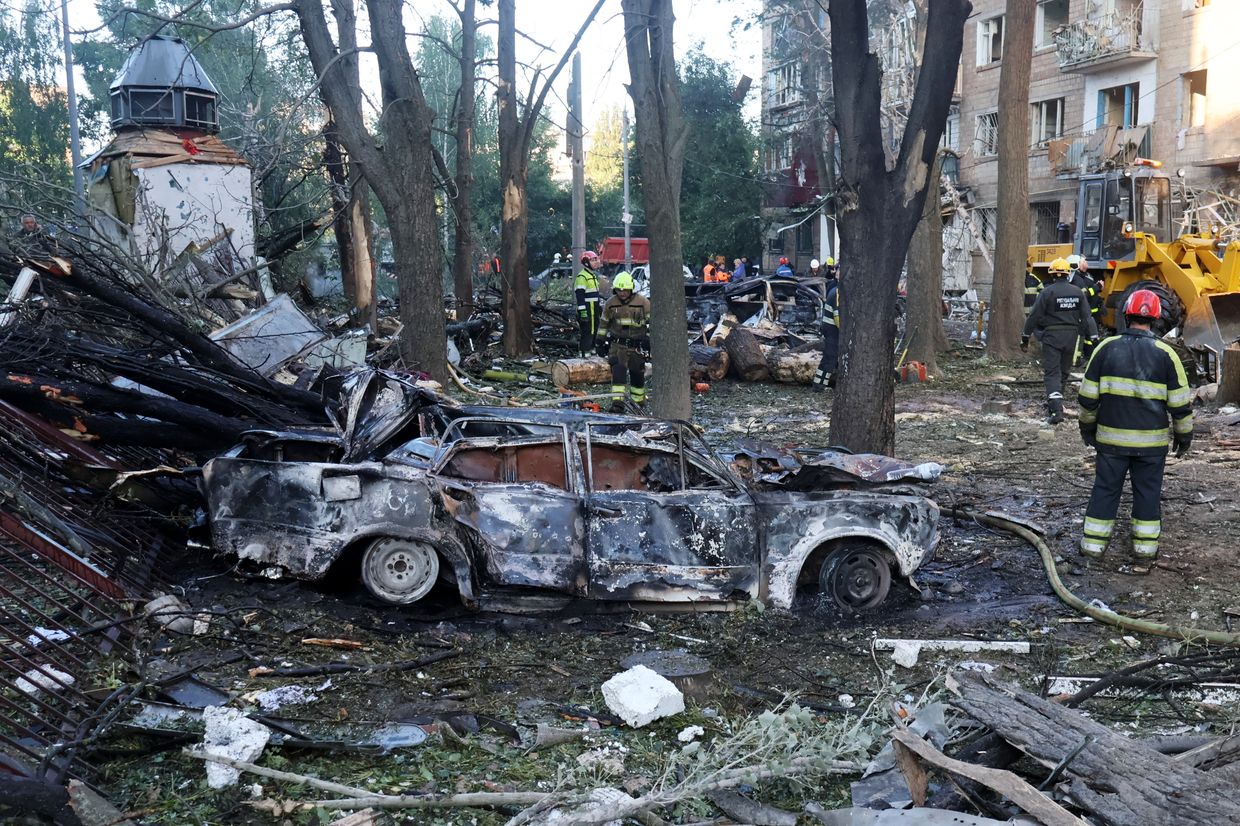Ukraine rolls out domestic RPG-7 simulators to train soldiers for tank-killing precision

Ukrainian soldiers have received a new training tool. The Ministry of Defense has approved for use a domestically developed laser training system designed to simulate RPG-7 grenade launcher operations, according to the Main Directorate for Weapons and Military Equipment Lifecycle Support.
The new laser training system imitates real combat conditions. The device, shaped like a training munition, is mounted on the RPG-7 and allows soldiers to fully practice targeting, preparation, and firing, all while following safety procedures.
The simulated target range matches the RPG-7’s actual combat distance. Additionally, the trainer replicates the weapon’s reactive exhaust, enhancing realism during exercises.
This innovative training device can also be integrated with other simulation systems to create full-scale training complexes for RPG crews.
Amid the growing threat from FPV drones, both sides in the war have shifted tactics, using tanks cautiously with camouflage and rapid repositioning rather than direct frontal engagements.
Due to a shortage of trained infantry and heavy battlefield losses, armored vehicles now play a supporting role. Artillery, drones, and assault units have taken on the main burden of offensive operations.
Overall, Russia has lost up to 3,000 tanks and more than 5,000 other armored vehicles in three years of the war.





